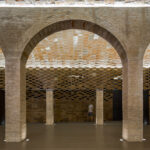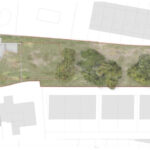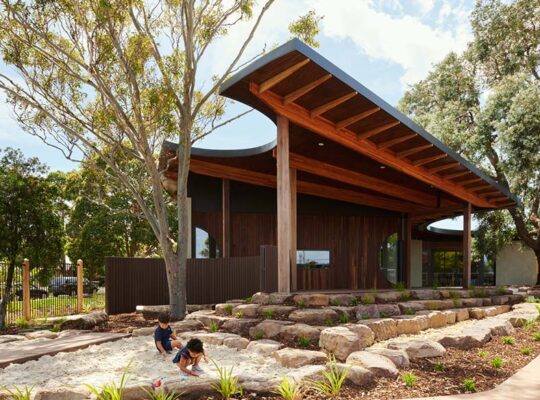The Depósito del Rei Martí, an old water retention tank, underwent a remarkable restoration and reconversion, breathing new life into an unexpected space.

Unveiling Hidden Spaces
Some spaces unveil themselves as serendipitous discoveries, surprising us with their unforeseen potential. Such was the case with the Rei Martí reservoir, a forgotten treasure buried beneath a pine forest for decades until its accidental rediscovery. This buried reservoir, dating back to the 19th century, encompassed over 600m2 of untapped potential.
Embracing Serendipity
Embracing the spirit of serendipity demanded a humble approach, fostering a deep connection with the space and the community it serves. The architects aimed to preserve the mysterious allure of the reservoir while inviting citizens to reappropriate and share in the excitement of this unexpected find.
Transformation and Reappropriation
Despite budget constraints, the Sarrià – Sant Gervasi district in Barcelona embarked on a visionary project to reappropriate the reservoir, transforming its latent energy into a dynamic cultural space. This exercise in urban recycling breathed new life into the city by repurposing a water retention tank into a versatile cultural facility.

Honoring Originality
Respecting the reservoir’s original character, the project embraced its structural elements, including pillars, arches, and Catalan-style ceramic vaults. Rather than altering the space, the design sought to highlight its inherent strength and architectural integrity.
Integration with the Urban Fabric
The reservoir’s access via Bellesguard street created a new public space, bridging the gap between street level and the reservoir. This square not only served as an entrance but also activated urban life, housing a cafeteria that seamlessly connected with the surrounding environment.
Preserving Identity
Inside the tank, the ceramic arches and vaults retained their original character, adorned with traces of water and lime. Strategic lighting emphasized key architectural elements, while wooden flooring and perimeter walls provided acoustic control and a sensory connection to the forest above.
The Depósito del Rei Martí stands as a testament to the transformative power of architectural vision, breathing new life into forgotten spaces and offering the city a unique cultural experience.




















